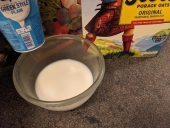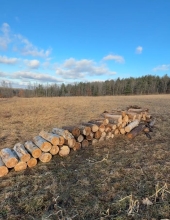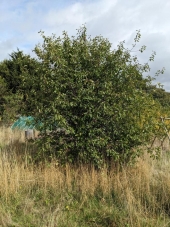I grew up, and live, in England. Foraging was part of my upbringing. My father tells tales of being sent by his mother to the spot just outside the village where, as a child, she always found the best early dewberries.
I remember picking elderflowers, elderberries, blackberries and sloes for wine, crumbles & infusion into gin, respectively. And my late Mum remembered when they picked enough cowslips from their own land for wine, too.
I've never had enough training to recognise the harmful mushrooms (toadstools, as we call them, but that's not a scientific name!) so I just admire fungi and grow at home from certified spores!
These days, my grandmother's village has grown very large and I'm too sad to return. Meanwhile, I live in a city, and mostly only harvest blackberries from our nearby mini-park.
But I'm also involved in our 'Fruit & Nut Village' project in the city:
https://www.fruitandnutvillage.org.uk/. This year alone, they plan to plant over 150 fruit & nut trees - apple, pear, plum, damson, mulberry, almond and more - across spots in the city parks and green spaces. They also plant forest gardens with vegetables. They have about 80 sites now, with I think over 500 trees, planted since 2018 so coming into fruit for the first time successively.
One key aim is to make foraging for fruit & veg more accessible to the million city residents, who (like the UK as a whole) typically don't eat even the Government recommend minimum fruit & veg intake of 5 portions.









